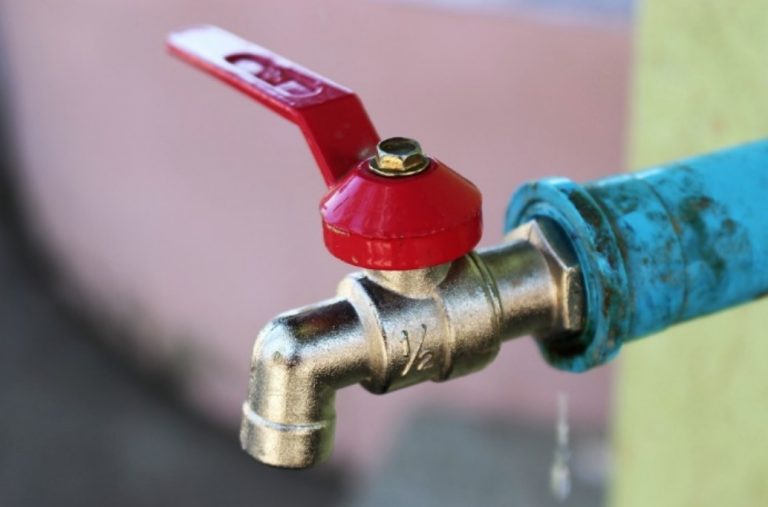If you have a flange plunger with you at home, then that is the best thing to use to unclog a toilet. Toilet clogging is not uncommon, and when it happens, flange plunger can be of great help, mainly because they are designed to clear a toilet clog effectively. Now, you might think that using a flange plunger is no big deal, and you can easily use it to clear toilet clog, but the truth is, many people don’t know how to use it effectively. If you are someone who need a little guidance regarding how to use a flange plunger, then this blog is for you. Also, if you still can’t unclog the toilet even after using a flange plumber, don’t wait for the matter to get worst. Call a plumber in Montclair, and let the experts unclog the toilet for you.
1. Always use a flange plunger
Flange plungers are readily available. They don’t cost much and are the best solution for unclogging toilets. When you plunge a toilet, you need to insert the flange straight into the toilet’s bowl. The conventional cup plunger can also do the work, but the flange plunger has a better grip and seals the toilet bowl completely. Before using it, ensure that the flange is extended from the cup.
2. Prepare the toilet area
Before you start to use a flange plunger to clear toilet clogging, it is better to protect the surrounding area of the toilet. You know that things will soon get messier and dirtier. Layout some plastic wraps or paper towels all around the toilet, and remove items that you may knock over. It is also better to wear rubber gloves and gripping footwear. Make sure that you don’t slip over the spilled water.
3. Add some water into the bowl to level out the amount of water
If you want the plunging process to be effective, it would be better if you fill the toilet bowl with extra, at least halfway full. You can use a cup to add water to the toilet bowl. Keep adding water until the bowl is half full.
4. Place the flange appropriately
Maneuver the flanger until it fits into the highest point of the toilet’s bowl’s channel. Insert the flange to an edge, so the fold loads up with water as you lower it. This will assist in better suctioning and improve the dive.
5. Fit the cup over the channel
Ensure you’ve lowered the whole unclogged head in the water. Fit the cup of the unclogged over the channel while keeping the rib embedded. As you make the seal, let water from the bowl under the cup. The water between the container and the chain will help create pull strain to unclog.
6. Plunge strongly 5 to multiple times
Push down on the unclogged tremendously to drive the cup down and drive the rib into the channel; at that point, pull the cup back up to “reset.” Make sure you keep up the seal consistently! Rehash this movement more than once and continuously, yet not very powerfully or quickly, for 20 seconds.
7. Check the water level in the bowl
After plunging for thirty seconds, rapidly break the seal and expel them unclogged. Tune in for a murmuring sound from the channel (a great sign) and check the water level in the can bowl. If almost all the water depleted from the bowl, at that point, you’ve most likely cleared the stop up.
8. Test to check whether the obstruct is gone
Before you test your flush, remove the tank top. Now push the handle and keep an eye on the toilet bowl. If you haven’t cleared the obstruction, at that point, the toilet won’t flush, and the bowl will begin loading up with water. If that happens, the best thing that you should instead do is call a plumber in Roseville, and get into the root cause of the problem to find a solution.


0 Comments